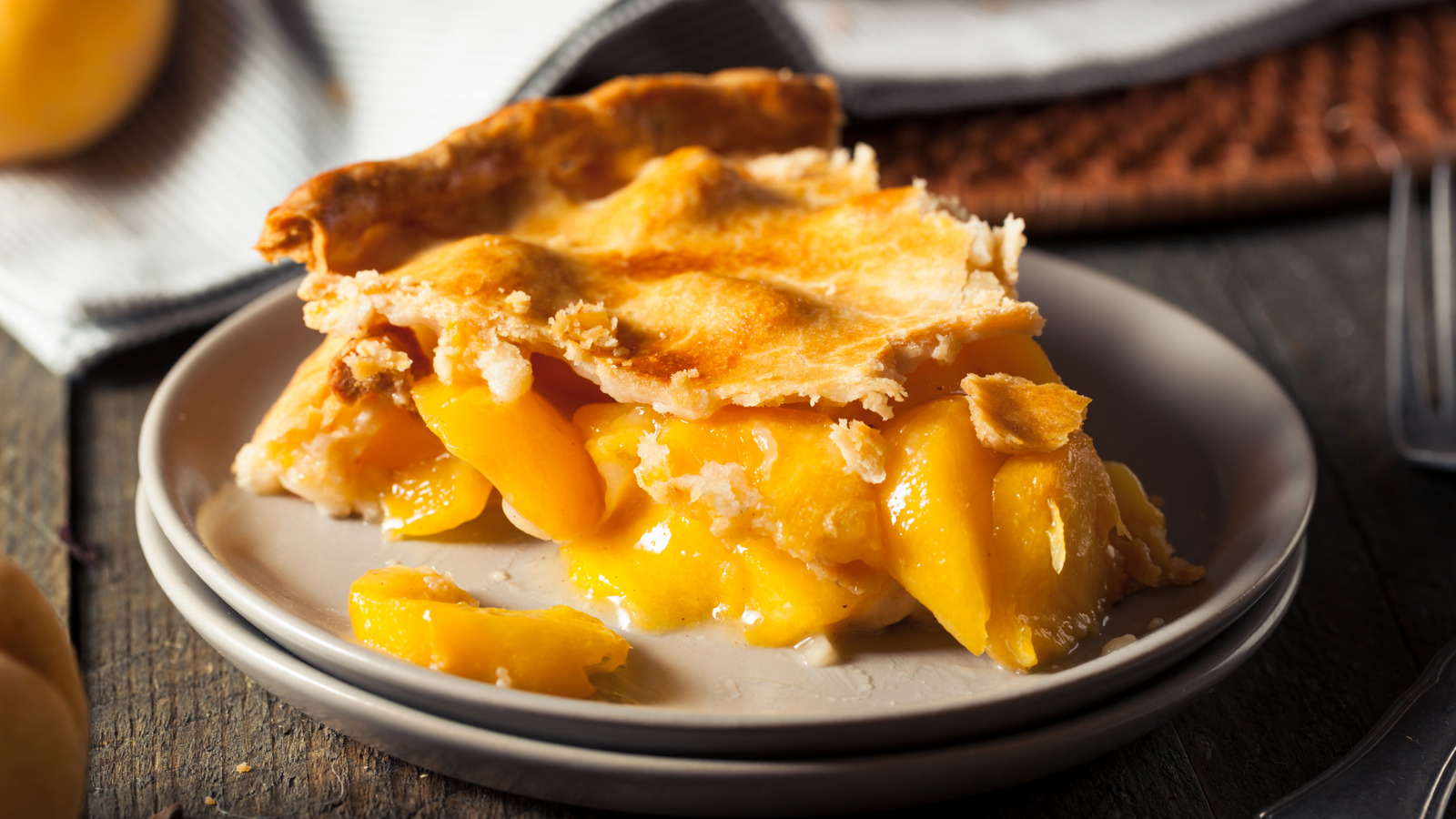
""To fix a baked pie, cornstarch works best as a slurry," Cianfanelli explains. "First, stir equal parts of cornstarch and cold water until smooth..." You don't want lumps in the slurry ( here's what water temperature you should use), so it's important to mix well in a saucepan or in a mixing bowl. Then, this mixture, once heated, will become a thickener that can fix watery pies or runny syrups. For the same reason, we mix cornstarch slurry into the soups, gravies, and sauces."
""Once you have your cornstarch slurry in hand, Cianfanelli adds that it's important to "scoop out some of the runny juices, whisk in the slurry, and return the mixture to a saucepan." Keep the heat at medium to keep from burning. "Cook until thick and glossy," the pastry chef instructs, "[and] make sure it gets to a boil..." From there Cianfanelli suggests you "fold it back into the fruit and return it to the crust." Consistent whisking will prevent the slurry mixture from becoming clumpy."
Cornstarch slurry effectively thickens watery baked fruit pies and overly syrupy canned pie fillings. Mix equal parts cornstarch and cold water until smooth to avoid lumps. Scoop out some runny juices, whisk the slurry into them, and return the mixture to a saucepan. Cook over medium heat, whisking consistently, until the mixture is thick, glossy, and reaches a boil. Fold the cooked thickener back into the fruit and return it to the crust. Allow the pie to cool so the filling sets, since thickness increases as the mixture cools.
Read at Tasting Table
Unable to calculate read time
Collection
[
|
...
]